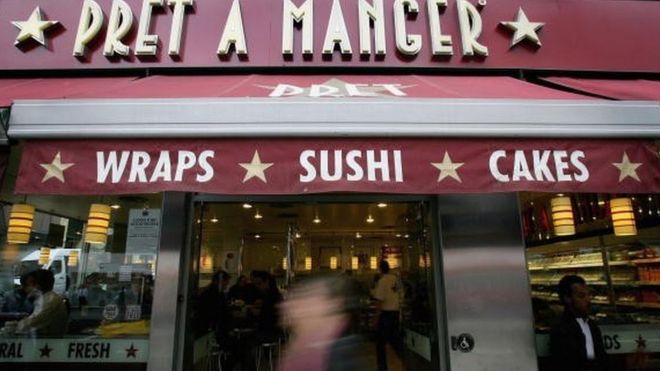Havaianas are truly well developed brand and 2010 summer campaign supports strength and personality of the brand to stay true to what Havaianas stands for — a brand that expresses the Brazilian way of life, through vibrant, laid back, colorful and bold characteristics. "Havaianas. A Brazilian original since 1962."

$20 flip-flops are no luxury. Luxury is not having to wear shoes.
Live life unlaced.
Arrive in a convertible.
When it come to colors, less is not more. It's just boring.
Agency: AlmapBBDO, São Paulo, Brazil
Chief Creative Officer: Marcello Serpa
Creative Director: Luiz Sanches
Art Director: Julio Andery
Copywriter: Sophie Schoenburg
Planners: Cintia Gonçalves, Sabrina Guzzon & Amanda Thomaz
Typographer: Jose Roberto Bezerra
The Alpargatas Group first designed inexpensive cloth shoes for Brazilian coffee farmers in 1907. Continuing the global footwear tradition, the Havaianas brand, owned by Alpargatas S.A, moved to launch its products worldwide, with the Pacific United States and Australia – both areas with a strong beach culture where consumers already wear sandals – becoming the first high volume international markets in 1998. Since that time, Havaianas has become an iconic brand with global reach.
Today more than 13 percent of the company’s sales come from overseas markets. With the set up of offices in New York and Madrid, the company is taking big steps towards dipping its toes into the US and European markets, but while their brand awareness in Brazil is 100% and about 45% in Australia, in the US and Europe it is still a mere 20 to 25%.
Turning a commodity into a brand of desire
In 1988 Havaianas was at a crossroads. The brand had only one style and one colour. It was “A commodity that had no emotional appeal” as Carla puts it. New manufacturers came into the market, eroding Havaianas’ market share, and sales started to decline.
Then in 1993, the company started to reposition the brand. New products were introduced – which have produced over 300 shoes of varying colour and style – and a new emotional personality was created for the brand. What the public sees now is the result of a carefully orchestrated brand reinvention strategy that took over 15 years to come to fruition.
The results
Since Havaianas emerged from its reinvention strategy in 1994, sales have been growing by a steady 8 percent each year. In 2008 the company sold 184 million pairs of its now famous rubber sandal, 25 million of which were sold outside Brazil. Inside Brazil, the company has achieved the amazing brand penetration rate of 850 pairs sold per 1000 inhabitants.
Our brand is fundamental for our expansion strategy…
Havaianas have a good product but it is their brand proposition what forms its DNA. “Our brand and the emotional and intangible aspects of it are fundamental in exploring new markets. This is what makes our product so seductive not only in Brazil but also abroad”. …and successful outside means more successful inside
The interesting thing about Havaianas’ success is that the success of their brand abroad has a positive impact in the local market. ”The more successful the product was outside the more proud the Brazilians were of the product in Brazil”.
Own a big idea
Life is full of contradictions and good brands could provide a platform to resolve them. The beauty of Havaianas is that by expressing universal themes – some of them associated to Brazil and its people: optimism, freedom, joy and energy – it resolves some of the country’s innumerable contradictions. Havaianas are simple and sophisticated, for the poor and the rich, traditional and modern, fashionable and casual. “a brand of improbable combinations”.
Our brand is our personality
The organisations has a clear understanding of what a brand is and what isn’t. For Havaianas the brand transcends the visual realm, is more than the logo. “For us our brand is the personality and character of the product”. Understand the brand internally
In Brazil the company has a 120 people working and 60 people on the sales force, 30 people in the USA and 30 in Madrid. They all understand what the brand is about and live it.
Establish bold and creative collaborations
The challenge for Havaianas is to grow without losing its edge. New ideas come from establishing a network of inspiring collaborations with people and companies. For example, the creative director of BBDO Brasil – Marcello Serpa, one of the most prestigious advertising men in Brazil – was crucial in repositioning the brand. He has helped to evolve the brand’s communications by adding edge and originality to its advertising. He acts like, and virtually is, the creative director of the brand.
Feed on the reputation of global brands
As a way to raise its profile globally, the brand has joint distribution and product development efforts with brands like Celine, HStern, The Gap and Swarovski.
Measure efficiency
For Havaianas, measuring all the different variables of the brand’s health is part of their success. More specifically they measure: brand perception, brand tracking studies in all the countries, awareness, trial, personality traits, advertising effectiveness, etc.
The brand in the future
Their ambition is to be bigger both inside and outside Brazil. The potential outside Brazil is enormous given the very high penetration in Brazil: 150 million sandals are sold in a country of 190 million inhabitants.
Finally, to grow and nurture a healthy brand:
- Pay close attention to customers: understand and observe how they use the product
- Be true to the brand essence and to what you stand for.
- Avoid making quick profits based on decisions that could erode your brand equity. Think in the longer term.
- Every touch point reflects the brand essence; make sure you answer the phone in a way that reflects your brand.
- Reinforce the brand message internally.











